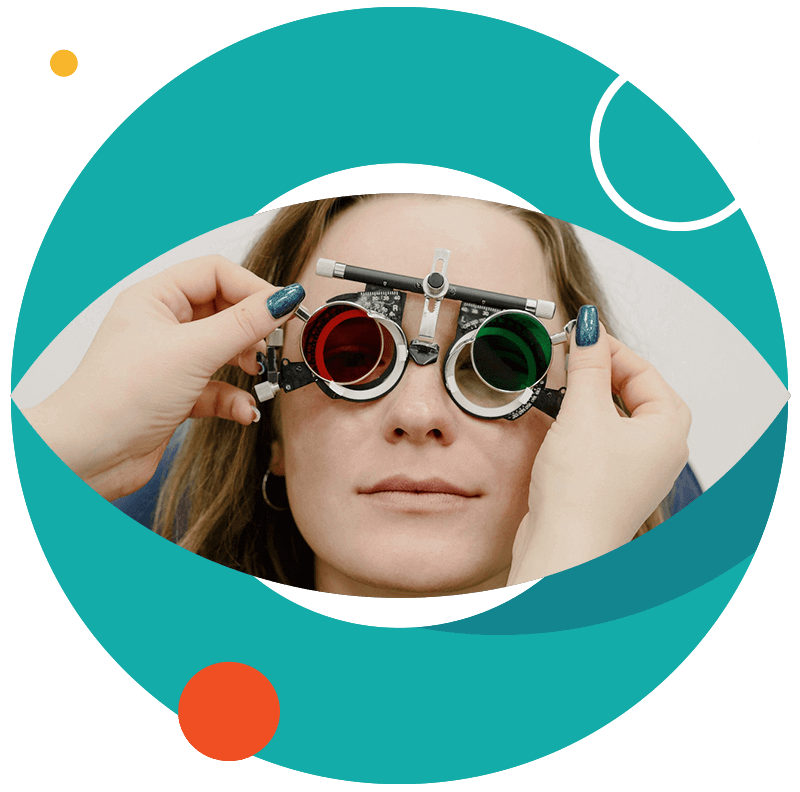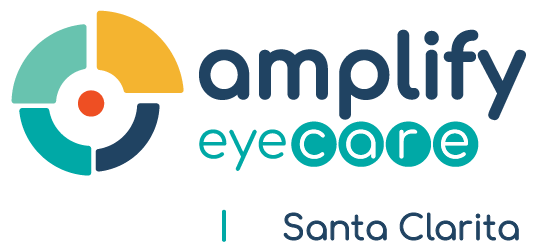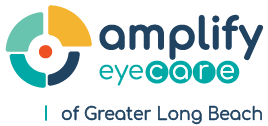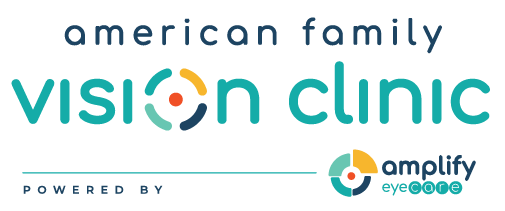- Blurred or fluctuating vision
- Eye turn or lazy eye
- Double vision
- Eye strain or fatigue
- Reduced peripheral vision
- Glare or light sensitivity
- Night vision problems
Syntonics can be used as the primary treatment or to support other therapies to aid in the remediation of accommodative/convergence problems, asthenopia, ametropia, visual attention deficit, vision-related learning and behavior problems, and visual field constrictions associated with visual stress, brain injury, degenerative ocular disorders, and emotional trauma. Light therapy is also commanding respect in the medical community as its benefits are investigated in the treatment of jet lag, PMS, sleep disorders and conditions related to the body’s daily rhythms. Exposure to certain colors has also been found to affect behavior, mood and physiological functions.









